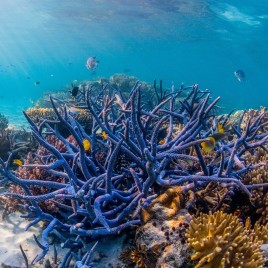Cloudy night skies are enhancing the ice sheet melt in Greenland by more than 30 per cent each year, according to a new study. Researchers believe this shows the need for including accurate cloud representations in climate modelling.
The research team examined the effects of different types of clouds, such as “ice-only” or “liquid-bearing”. They combined satellite remote sensing with ground-based observations with a regional climate model to determine the impact of cloud cover.
The authors found both ice-only and liquid-bearing clouds limited the amount of outgoing radiation, warming the surface of the ice sheet. However this effect was strongest at night, as the clouds limited the refreezing of water on the ice sheet surface, enhancing annual meltwater runoff.
Original research paper published in Nature Communications on January 12, 2015.
Names and affiliations of selected author

